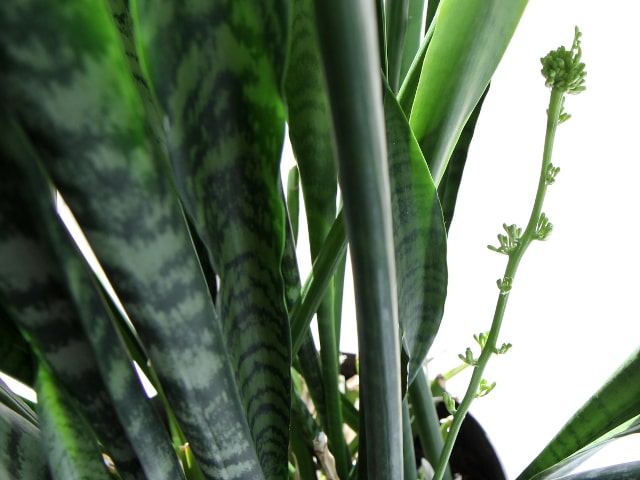
Sansevieria is a popular house plant. It is also known under several common names, such as Snake Plant of Mother in Laws tongue. Many people grow it in their homes so it's important to know how to take a good care of your Sansevieria.
Sansevieria is an excellent house plant. This is a low-maintenance plant that requires minimal care. It is very tolerant of almost all light conditions and can withstand neglect. Obviously, this doesn't mean that you should mistreat your plant but it's important to know that it's hardy.
Another good thing about Sansevieria is that it's typically not expensive. Unlike many plants, Sansevieria is affordable so many people can have it in their homes. If you want a relatively cheap yet excellent house plant, Sansevieria is a great choice.
Sansevieria Roots and Proper Watering
Watering is the only thing you need to worry about when it comes to Sansevieria care. Everything else is easy, so if you get this one right chances are that you will be able to grow strong and beautiful Sansevieria plants in your home.
In order to be able to take a proper care of your Sansevieria you need to understand its root structure. These plants have shallow rhisomes for roots. While these plants are typically grown in deep pots, the roots themselves go down only about halfway of the depth of the pot. In this sense, the pot serves as a counterweight for the plant.
These rhizomal roots tend to spread outward so they don't go too deep. You need to remember this when it comes to watering. You don't want to leave your Sansevieria in a pool of stagnant water so avoid through watering. This method may work in some cases, for example, when there is enough light and airflow, but it will typically result in a mess.
Proper watering technique for Sansevieria requires consistency in application. Make sure to water equally all around the soil surface. This is the only way to distribute water evenly to the roots (rhizomes) so your Sansevieria can thrive.
Also, make sure to be consistent when it comes to balancing the moisture of the soil. You don't want it to be too wet nor too dry.
Quick Care Tips
Here are some additional care tips for growing Sansevieria:
- Make sure to wipe or dust down the sword-like leaves periodically. The good news is that Sansevieria has a vertical disposition of the leaves so they collect less dust than most of the other plants.
- There are several common varieties of Sansevieria. Some have a very compact leaf structure and they need less water than the regular types. If you water them too much it may cause their foliage to rot if water lingers on the leaves. If you have one of these compact varieties make sure to wipe the leaves or take a good care not to spill any water on the leaves during watering.
- Fungus gnats are the only pests that attack Sansevieria. This is usually an easy to fix problem so you won't need to worry much about it.
Diseases and Problems
One of the most common problems you may notice is that you Sansevieria loses it's high, vertical direction. It becomes messy and more horizontally-centered. If this happens there are some common causes.
The first possibility is that your Sansevieria is somewhat old and it has used up all of its topsoil around the roots. Since the soil provides support for the plant once this is gone your Sansevieria can't hold up. Instead of growing vertically in the air you notice it becomes more horizontal.
If this happens make sure to add a bit of potting soil, such as cactus soil. Just add it to the surface and it should remedy the problem.
The other possibility is that you are under-watering your plant. It can lead to damaged root system. This makes the plant ill and unable to support its leaf system properly. This is a problem that you cannot solve easily. In some cases, adding potting soil may help but only if the root system is not permanently damaged.
Sometimes, your Sansevieria may develop stinky and bloated leaves. This is a typical sign of over-watering. If you notice this problem, make sure to remove all affected leaves and use less water the next time.
If your Sansevieria has brown crunchy leaves it is a sign that your plant lacks water. However, chances are that the root system is not damaged so you can usually save your plant. Make sure to water your Sansevieria properly.
Sometimes, your Sansevieria may develop brown leaf tips. If only tips of the leaves are affected it is a sign of inconsistent watering. Make sure to water properly and following a consistent schedule.
Another thing to keep in mind is that Sansevieria plants are prone to scarring. Sometimes, a scar can form just by brushing against the leaves. To prevent this problem, place your Sansevieria somewhere where it will not come in touch with pets, children, doors and other traffic.
Photo credit: woodleywonderworks
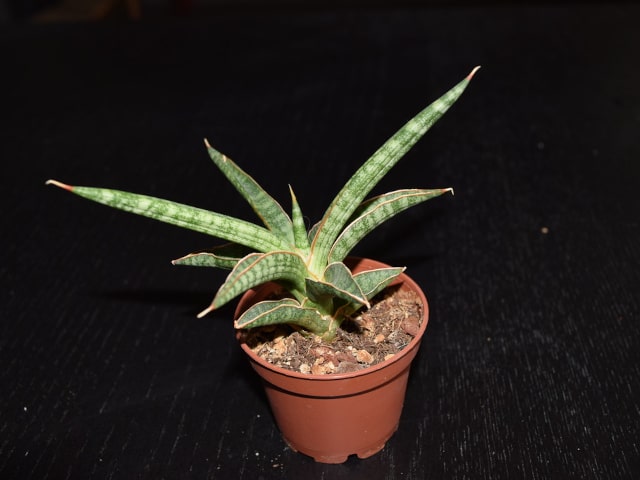
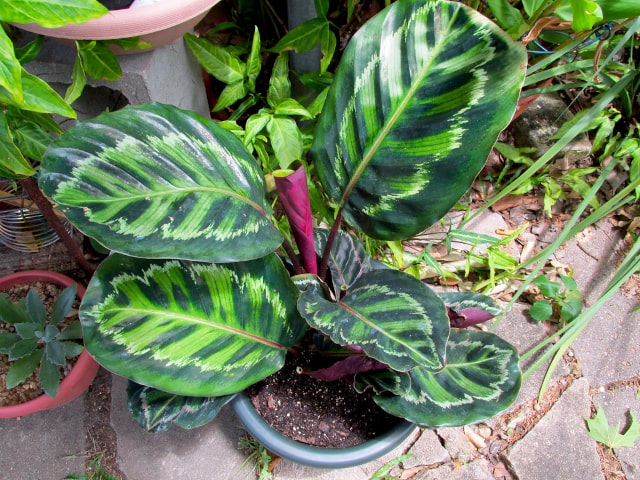
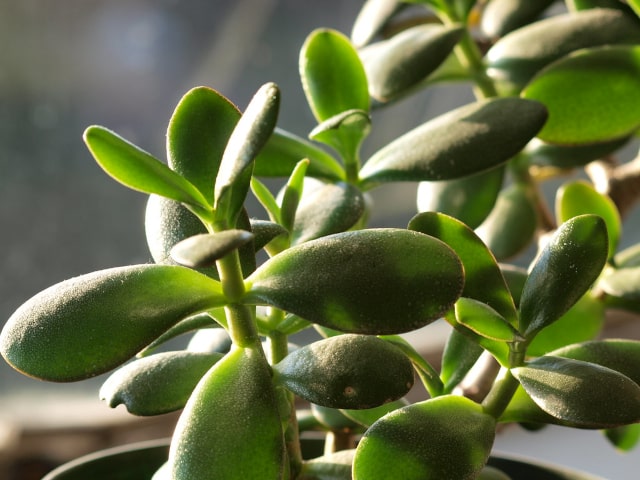
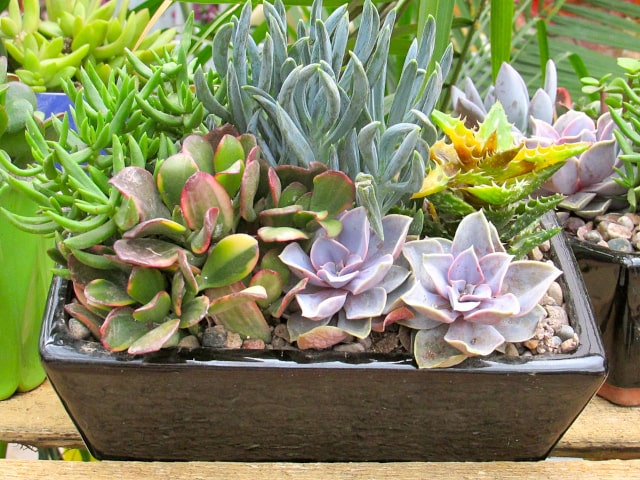
0 Comments